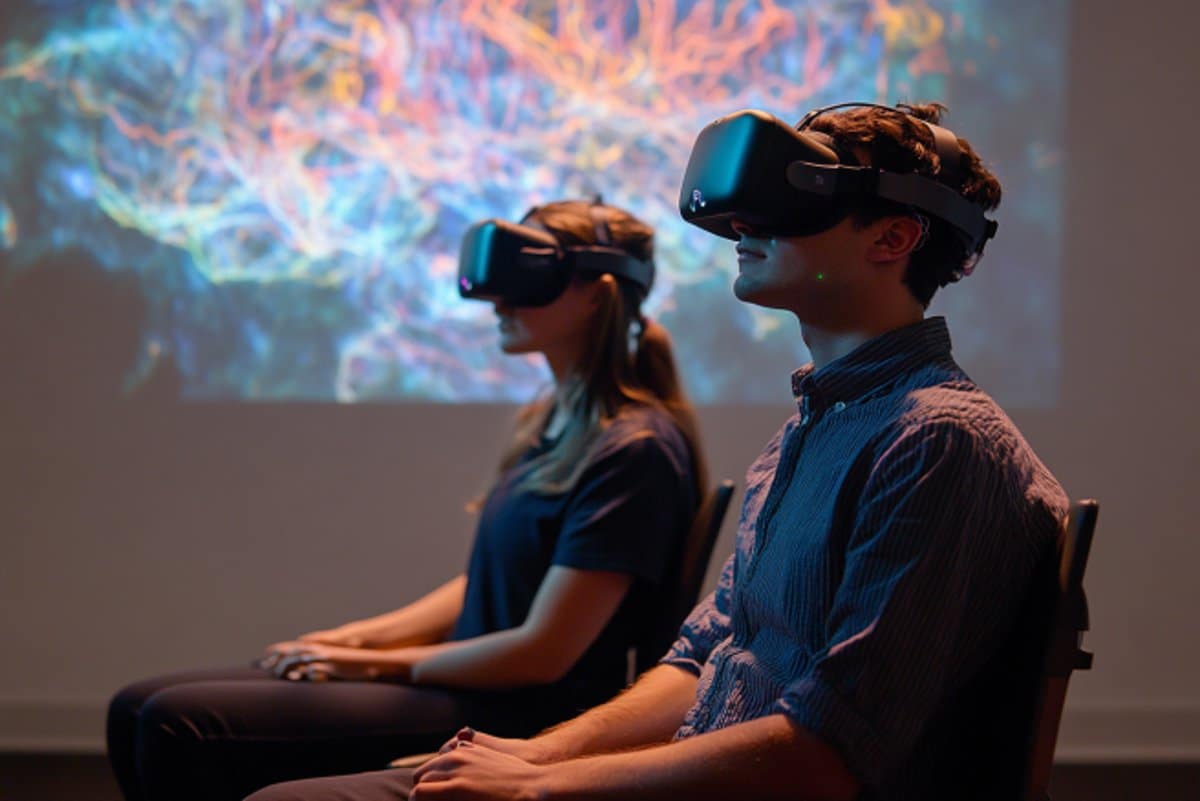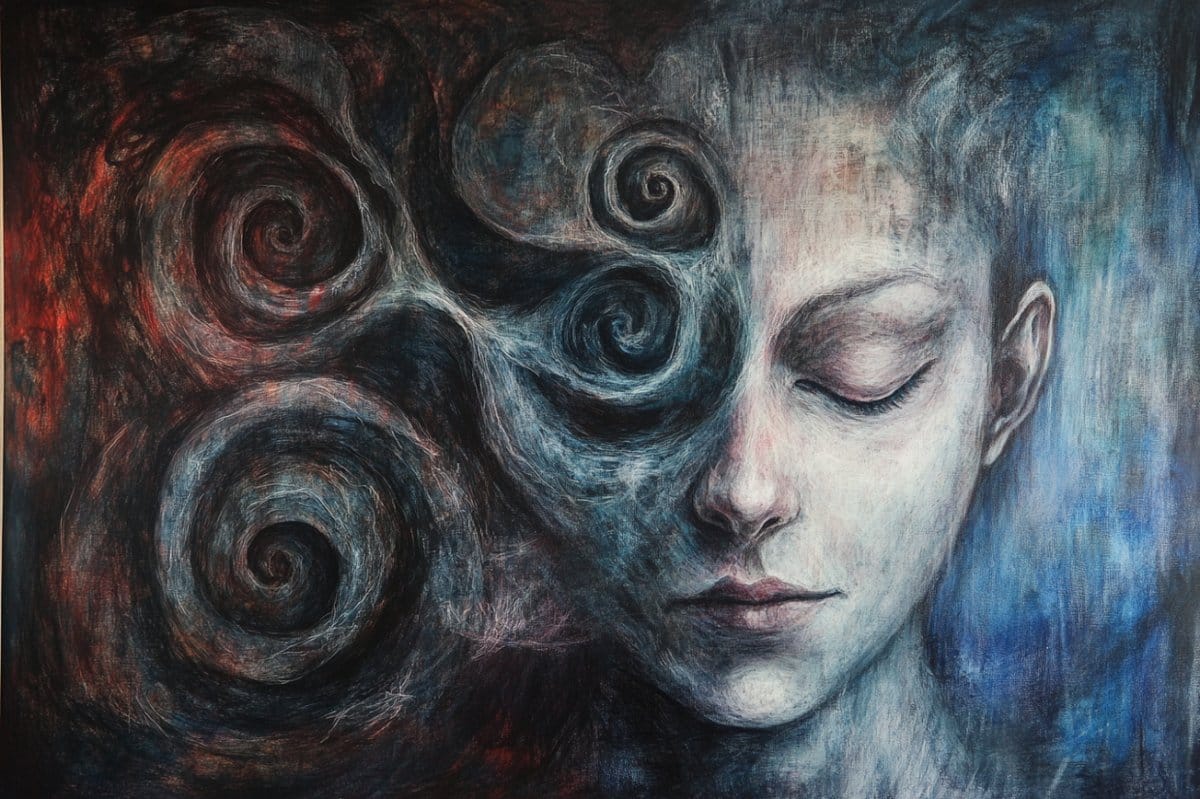Summary: Scientists have identified a previously unknown type of neural stem cell (pNSC) that exists outside the brain and spinal cord, overturning decades of neuroscience dogma. These peripheral neural stem cells, discovered in tissues like the lung and tail of mice, share key properties with brain-derived neural stem cells, including the ability to self-renew and differentiate into neurons.
Unlike neural crest stem cells, pNSCs can sustain neurogenesis over time and are easier to access than their brain-based counterparts. If similar cells are found in humans, they could become a powerful tool for treating neurodegenerative diseases like Parkinson’s or for repairing spinal cord injuries.
Key Facts:
- pNSCs Identified: Peripheral neural stem cells were discovered in non-CNS tissues like lung and tail in mice.
- Neural Potential: These cells mirror brain NSCs in structure, behavior, and gene expression.
- Therapeutic Promise: pNSCs could offer an accessible source for treating neurological diseases and injuries.
Source: Max Planck Institute
For decades, scientists assumed that neural stem cells (NSCs) only occur in the brain and spinal cord.
A groundbreaking international study, led by Hans Schöler of the Max Planck Institute for Molecular Biomedicine in Münster, has now refuted this assumption and discovered a new type of neural stem cell outside the central nervous system (CNS) that opens up enormous possibilities for the development of therapies for neurological diseases.
In 2014, an article entitled “Stimulus-triggered fate conversion of somatic cells into pluripotency” was published in Nature. This publication initially caused quite a stir because it opened up a simple way to obtain pluripotent stem cells.
The induction of pluripotent stem cells without the need for viral vectors, as Shinya Yamanaka had done and for which he received the Nobel Prize, would have been too good to be true.
Although the laboratory of Hans Schöler at the Max Planck Institute for Molecular Biomedicine, like many others, tried to repeat the experiment that described the ‘stimulus-triggered acquisition of pluripotency’ (STAP) based on treating somatic cells with low pH.
However, the generation of pluripotent cells failed regardless of the culture conditions and tissues used – and the corresponding paper was eventually retracted several months after publication.
However, to the surprise of Dong Han and Hans Schöler, they were able to use the STAP method to obtain a rare cell population from the periphery of the central nervous system that exhibits the properties of neural stem cells (NSCs).
These NSCs, called peripheral neural stem cells (pNSCs), were found in several tissues of the mouse, including the lung and tail. Once the NSC population had been identified, it became clear that treatment with low pH was not necessary to cultivate them.
A team of researchers from more than ten laboratories in Europe, Asia and North America then examined these newly identified pNSCs in great detail: pNSCs share important molecular and functional characteristics with NSCs of the brain. pNSCs have the same cell morphology, self-renewal and differentiation capacity as NSCs of the brain.
They express several NSC-specific markers and have genome-wide transcriptional and epigenetic profiles that are consistent with those of NSCs in the brain.
Furthermore, many pNSCs that migrate out of the neural tube can differentiate into mature neurons and, to a limited extent, glial cells during embryonic and postnatal development.
The discovery of pNSCs not only provides new insights into the development of the mammalian nervous system. Their existence also challenges a long-standing hypothesis in neuroscience and, because they can be grown in substantial numbers in the petri dish, opens up new possibilities for regenerative medicine.
Furthermore, obtaining NSCs from the brain is not a favoured method. By contrast, obtaining NSCs from other organs or tissues appears to be a viable and practical approach.
Hans Schöler, the senior author of the study, looks back on the long road that led to this discovery:
“This was the longest-running project in my career. Originally, we wanted to replicate the STAP results published in Nature that were published more than 10 years ago, namely, to induce pluripotent stem cells through low pH. Like other laboratories, we were unable to reproduce this.
“But fortunately, our attempts were not in vain: We found previously unknown peripheral neural stem cells, challenging the long-held dogma that neural stem cells do not exist outside the central nervous system.”
Dong Han, the lead researcher of the study, who carried out most of the experiments in this work as a member of Schöler’s laboratory, emphasised the possible implications of this result:
“If these cells exist in humans and can be propagated indefinitely as they can in mice, they could have enormous therapeutic potential.
“This is particularly exciting because accessible peripheral neural stem cells could provide a new avenue for neural repair and regeneration, bypassing many of the challenges associated with sourcing stem cells from the central nervous system.”
The discovery of pNSCs outside the CNS suggests a previously unrecognised level of cellular plasticity within the nervous system.
In contrast to neural crest-derived stem cells, which have a limited self-renewal capacity, pNSCs closely resemble brain-derived NSCs and show the ability to sustain neurogenesis over an extended period of time.
Hans Schöler emphasised the crucial role of interdisciplinary cooperation in making this discovery possible:
“We involved many laboratories with different areas of expertise to ensure that this study is watertight. The combination of genetic lineage analysis, single-cell analysis and functional tests in vivo provides compelling evidence that these peripheral neural stem cells are a genuine and previously unrecognised component of the mammalian nervous system.”
Potential Impact on Human Health and Medicine
The ability to harness pNSCs could have far-reaching implications for the treatment of neurodegenerative diseases and nerve cell repair strategies.
If pNSCs exist in humans, they could provide an easily accessible source of neural stem cells that could be used in the future to treat diseases such as Parkinson’s disease, spinal cord injury and other neurodegenerative disorders.
Future studies will aim to establish the existence of pNSCs in humans and explore their full therapeutic potential.
The results, published in the journal Nature Cell Biology, thus pave the way for further research into the role of pNSCs in human biology and their potential application in the treatment of neurodegenerative diseases and in regenerative therapies.
About this genetics and neurology research news
Author: Hans R. Schöler
Source: Max Planck Institute
Contact: Hans R. Schöler – Max Planck Institute
Image: The image is credited to Neuroscience News
Original Research: Open access.
“Multipotent neural stem cells originating from neuroepithelium exist outside of the mouse central nervous system” by Hans Schöler et al. Nature Cell Biology
Abstract
Multipotent neural stem cells originating from neuroepithelium exist outside of the mouse central nervous system
Conventional understanding dictates that mammalian neural stem cells (NSCs) exist only in the central nervous system.
Here, we report that peripheral NSCs (pNSCs) exist outside the central nervous system and can be isolated from mouse embryonic limb, postnatal lung, tail, dorsal root ganglia and adult lung tissues.
Derived pNSCs are distinct from neural crest stem cells, express multiple NSC-specific markers and exhibit cell morphology, self-renewing and differentiation capacity, genome-wide transcriptional profile and epigenetic features similar to control brain NSCs.
pNSCs are composed of Sox1+ cells originating from neuroepithelial cells. pNSCs in situ have similar molecular features to NSCs in the brain.
Furthermore, many pNSCs that migrate out of the neural tube can differentiate into mature neurons and limited glial cells during embryonic and postnatal development.
Our discovery of pNSCs provides previously unidentified insight into the mammalian nervous system development and presents an alternative potential strategy for neural regenerative therapy.





